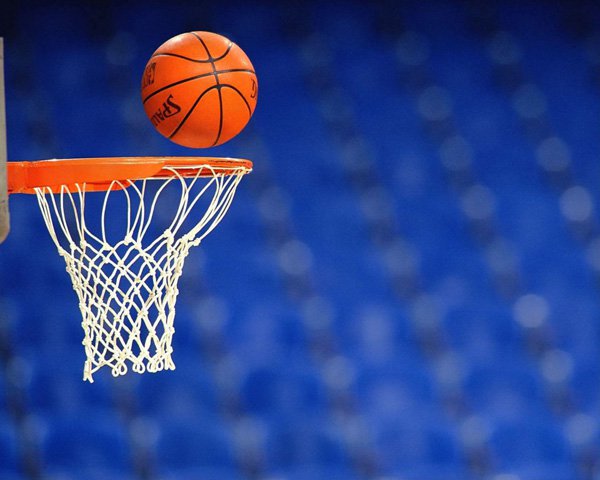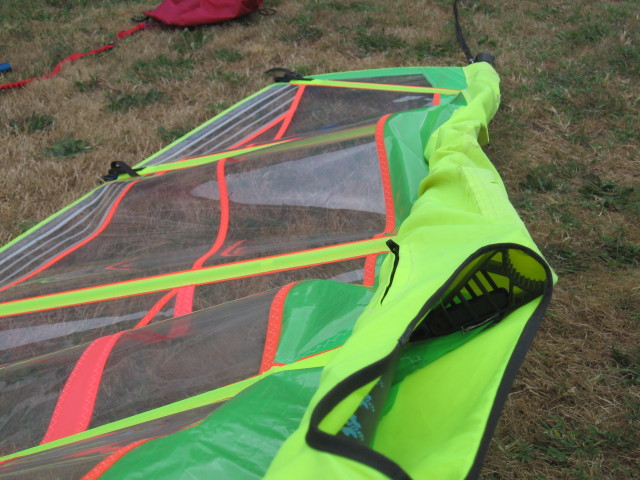.410 and .45 ammo
Question
QUESTION: I have seen a handgun called "the judge" which can fire either .410 shotgun ammo or .45 cal bullets.
Is the reverse true?
Can a .410 shotgun fire a .45 cal bullet?
ANSWER: Although theoretically possible, I would never do it. The pressure of some .45 Colt loads (that's what we're talking about by the way, not .45 ACP, .45 GAP, or any other .45 caliber cartridge)will be higher than those of a .410 shotgun. You should assume that the .410 has been made to contain pressure of.410 shotgun cartridges, and shotgun barrels have a much thinner wall thickness than either rifles or handguns.
If you want or need a single projectile for your .410 shotgun, get .410 slugs.
---------- FOLLOW-UP ----------
QUESTION: Thank you for your kind answer, and for stressing safety. It was more of an academic question. I am amazed that some guns can fire various caliber ammunition. I once owned a ".357" which could fire ".38" or was it the other way around. I cannot recall, then when I saw the "judge" which can fire both .45 and .410 it got the whole question doing in my mind. Somehow in my mind .357 doesn't = .38 and .410 does not = .45! Can you shed light on why this works?
Answer
It's not really that complicated once you study the history of various cartridges. Cartridges that are interchangeable usually work only in revolvers, because the cartridge "headspaces" on the rim of the cartridge (the word means how what makes the cartridge stop from going further in the chamber - most autopistol cartridges headspace on the lip of the case mouth. Bottleneck rifle cartridges headspace on the shoulder).
Ostensibly, caliber the measurement of the bore in hundredths or thousandths of an inch. Thus, the .38 Special is ostensibly 38/100 of an inch in diameter. The .38 Special was originally a blackpowder cartridge, and originally had a "heeled" projectile, which means that the diameter of the projectile of the cartridge that protruded beyond the cartridge case increased to the same diameter of the cartridge case, which is 38/100. Eventually however the heeled projectile was done away, and reduced to what fit inside the cartridge case, and the bore diameter decreased proportionally. This diameter is 357/1000, or .357. So the cartridge that is called the .38 Special in fact has a bore diameter of .357.
Legendary handgunner Elmer Keith was dissatisfied with the performance of the .38 Special, and worked on a cartridge based on its dimensions but one which was much more powerful. This cartridge was introduce commercially in 1934 as the .357 Magnum. In order to keep the new cartridge from being used in guns chambered for the .38 Special (which would literally blow apart if a .357 Magnum were fired in it) the .357 cartridge is 1/10" longer than the .38 Special, but is externally dimensionally identical in every other way. Thus while a .357 Magnum will be too long to fit in gun chambered in .38 Special, the .38 Special cartridge will fit in a gun chambered for .357 Magnum, headspacing on the cartridges rim.
The same principle applies to the .410. The .410 means that the shotgun bore is 41/100 in diameter, but the dimensions of the cartridge case are very similar to the cartridge case dimensions of both the .45 Colt and the .41 magnum. However, in this instance only a gun that has been chambered to be fired in both or all of these cartridges should any substitutions be considered.
There are other revolver cartridges that have such interchangability, but the most common is the .38/.357.
The remarkable gun built for interchangability was the Phillips & Rodgers Medusa revolver. No longer produced, this gun could chamber, firing, and extract over 25 different cartridge cases in the .38 / .357 / 9mm (=.355) family of cartridges.
manufacturer of handgun
Crosman 357


